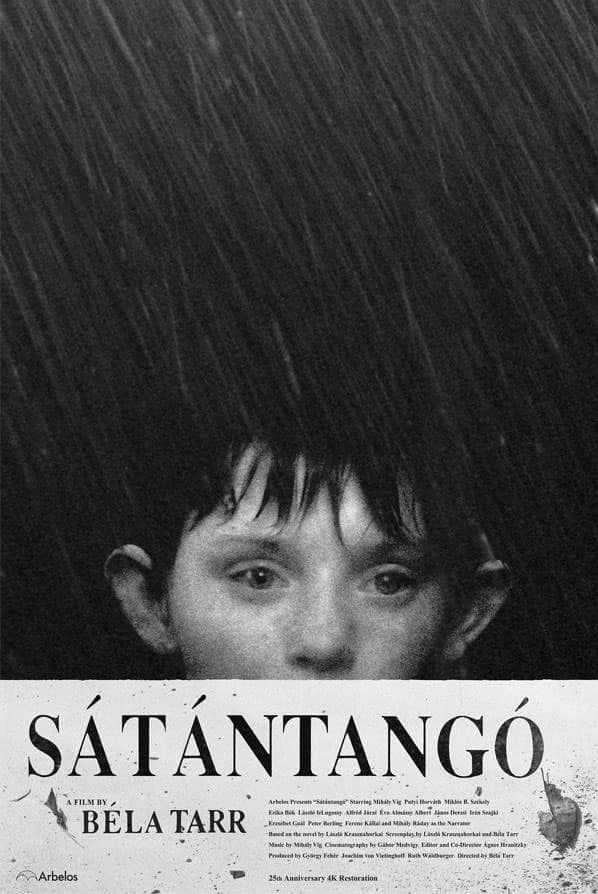
Satantango
1994
Rate this movie
Average: 0.00 / 5
(0 votes)
Director
A monument to cinema. Not just a simple film, but an authentic visual cathedral, a rite of passage for the viewer who agrees to immerse themselves unreservedly in its relentless flow. Béla Tarr's most ambitious work is an authentic visual journey through a wild, harsh, and strong land, the Hungarian province after the collapse of an ideological illusion, where characters wander, overwhelmed by life, by the precariousness of their existential and economic conditions, by the dissolution of all moral and social certainty. They are drifting souls, specters inhabiting an earthly purgatory, whose resignation manifests in every gesture, in every dull gaze, in every deafening silence.
An imposing work, titanic in its conception and execution, over 7 hours long, divided into 2 parts and 12 chapters – a structure that emulates the slow and inexorable pace of a dance, the tango of the title, but also the biblical journey towards a salvation never reached, or perhaps hell itself. This duration is not an authorial whim, but an intrinsic necessity, a means to force the viewer to confront real time, to feel the weight of waiting, desolation, and the monotony of trapped existences. It is an experience that transcends mere viewing, transforming almost into a form of meditation, a total immersion that blurs the boundary between fiction and perceived reality. In this sense, Tarr stands alongside masters of so-called "slow cinema" like Lav Diaz or Tsai Ming-liang, but with a radicalism and stylistic purity that make him an unsurpassed precursor.
The story is taken from the novel of the same name by László Krasznahorkai, an indispensable figure in contemporary Hungarian literature and Tarr's artistic alter ego, with whom he shares a bleak but deeply poetic vision of the world. Their partnership is one of the most successful transpositions of literary sensibility into cinematic language: Krasznahorkai, known for his flowing sentences and his ability to delve into the depths of the most degraded human soul, finds in Tarr the director capable of translating anguish, stasis, and decadence into images. The film narrates the events of two scoundrel swindlers, Irimiás and Petrina, messianic but fundamentally corrupt figures, who, upon arriving in a small and remote village in the Hungarian countryside, convince the naive inhabitants, now devoid of hope and ready to believe any chimera, to use their hard-earned savings to found a kind of Utopia where freedom and self-determination would reign. This promise of redemption inevitably turns out to be a scam, yet another betrayal perpetrated against those who have nothing left to lose but their last shred of dignity. The mirage of the ideal community becomes the distorted mirror of a collective illusion, a bitter symbol of post-socialist disillusionment, the fall of grand systems of thought, and the consequent atomization of the individual.
The fiercely stretched rhythms, the solemn and hypnotic long takes – true choreographies of the camera that follow the characters for interminable minutes, capturing every detail of their misery, every nuance of light on the desolate landscape – the actors' talent in conveying the atmosphere of a world on the brink of collapse: all this makes Satantango a fascinating yet disturbing work, where a biting underlying satire frames a grotesque story with almost demented undertones. Black humor emerges from situations bordering on the absurd, from the madness of characters clinging to lies just to find a glimmer of meaning in the chaos. Every black and white frame is an engraving, a work of art in itself, enhancing the contrast between the omnipresent mud and the fragility of human figures, between the pounding rain and the inner fire – or its absence. The slowness is not inaction, but a way to intensify the perception of reality, to dissect the alienation, solitude, and pettiness that smolder beneath the ashes of an existence devoid of future.
But it is the only way, Tarr seems to suggest, to exorcise the demons arising from the past – the weight of Hungarian history, the unhealed wounds of totalitarianism, the fall of collective myths – which lap like an axe at men and their fragile dreams. The film offers no answers, nor consolations; rather, it merely shows, with a disarming aesthetic brutality, the dissolution of all hope, the end of an era, and the beginning of an undefined nothingness. It is a philosophical treatise in images, which investigates the nature of trust and betrayal, lies and truth, freedom and slavery, not through explicit dialogues, but through the merciless observation of the human condition. A polished iconography of despair and waiting, which we do not want to give up, because in its merciless realism resides an austere beauty and a universal truth, capable of resonating far beyond the confines of the forgotten village. Satantango is not just a film to see, but an experience to live, a journey that leaves a profound mark on the soul.
Countries
Gallery
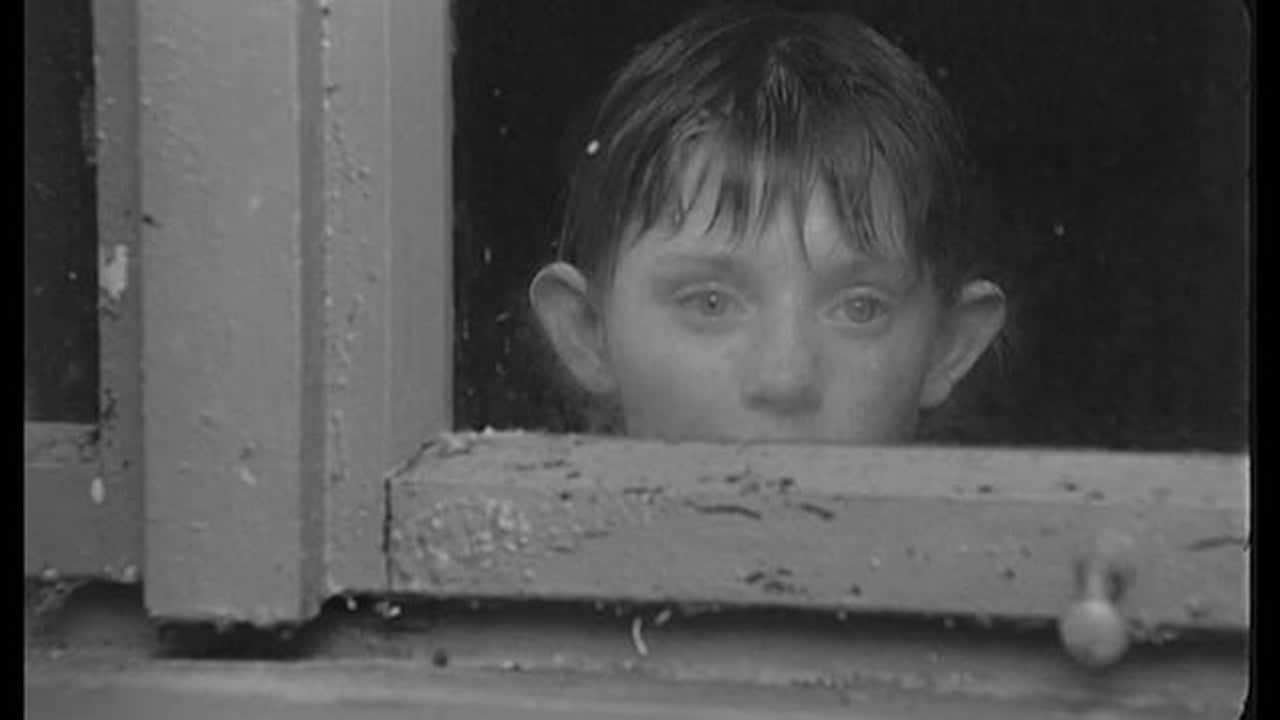
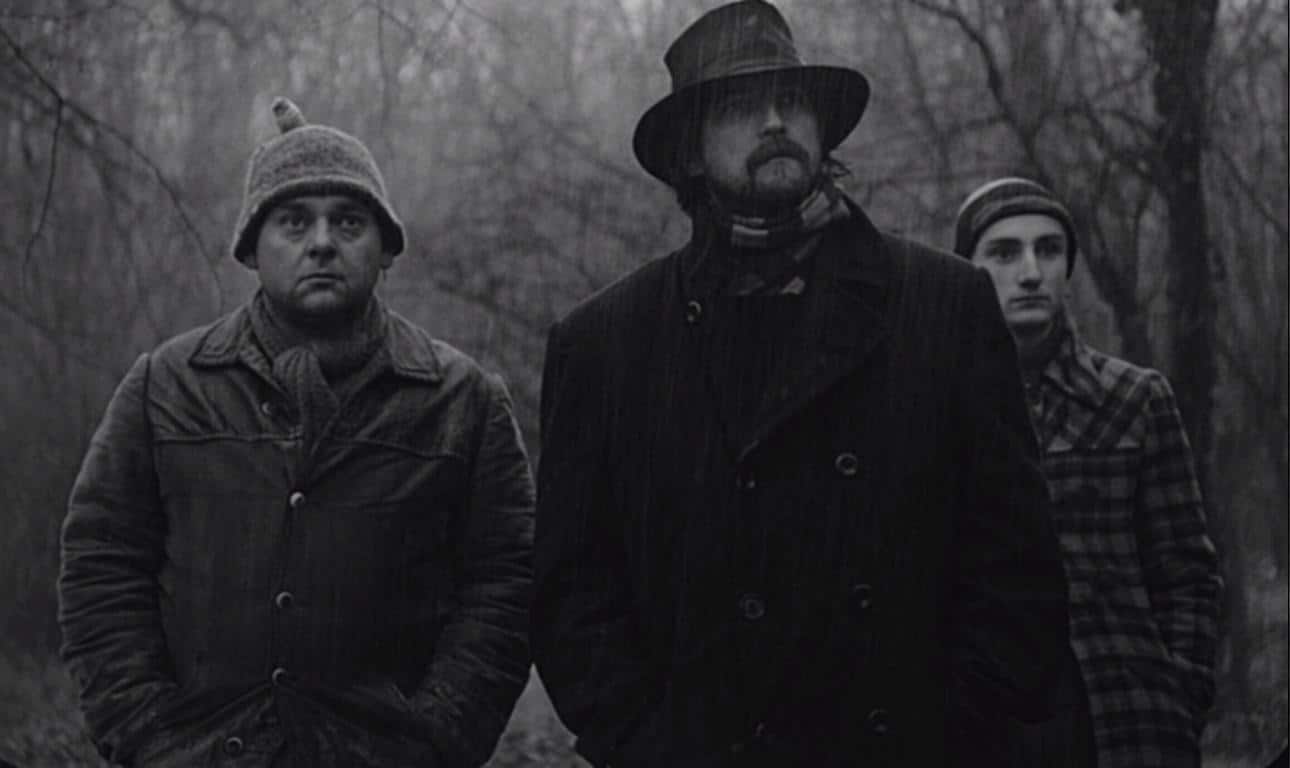
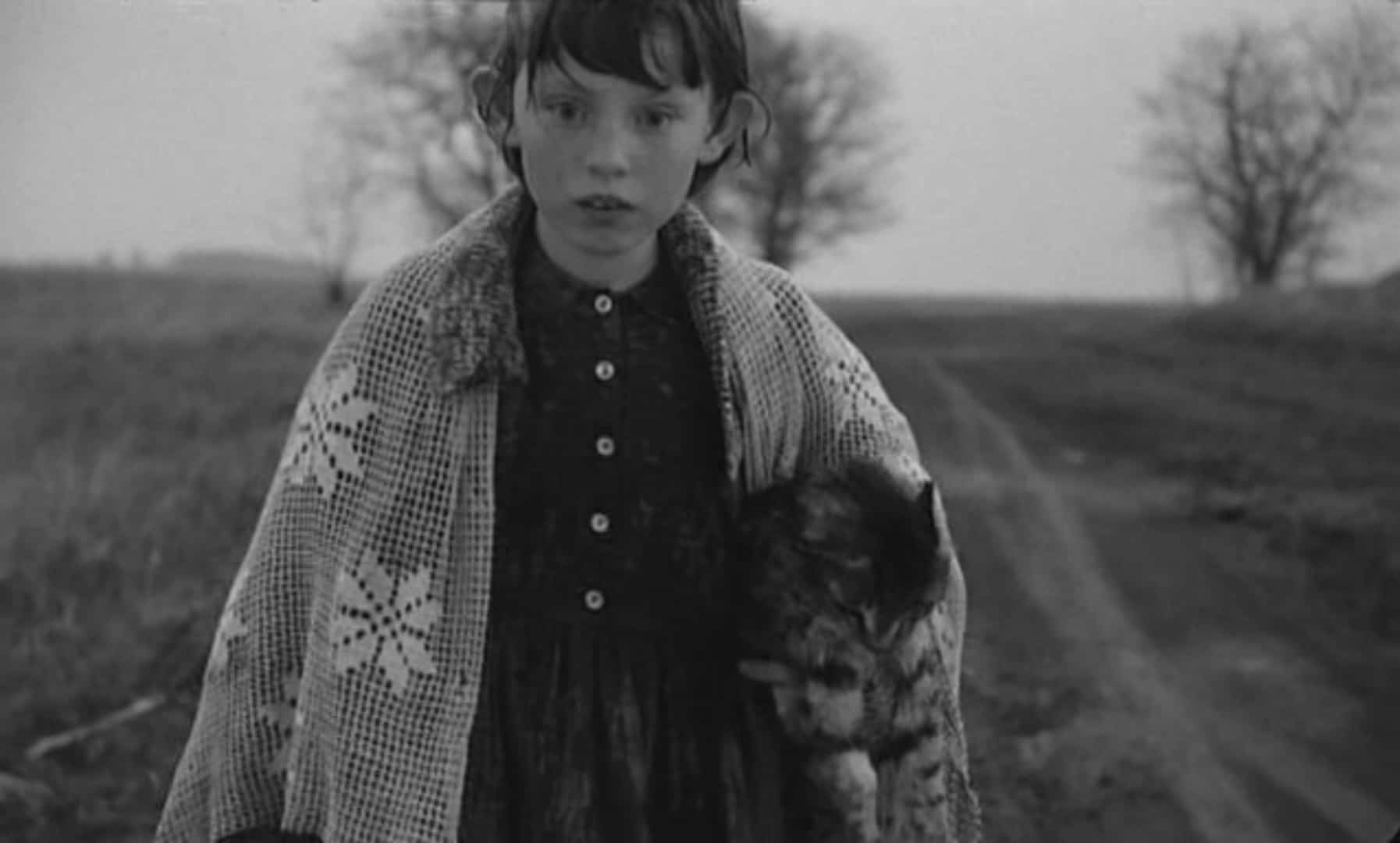


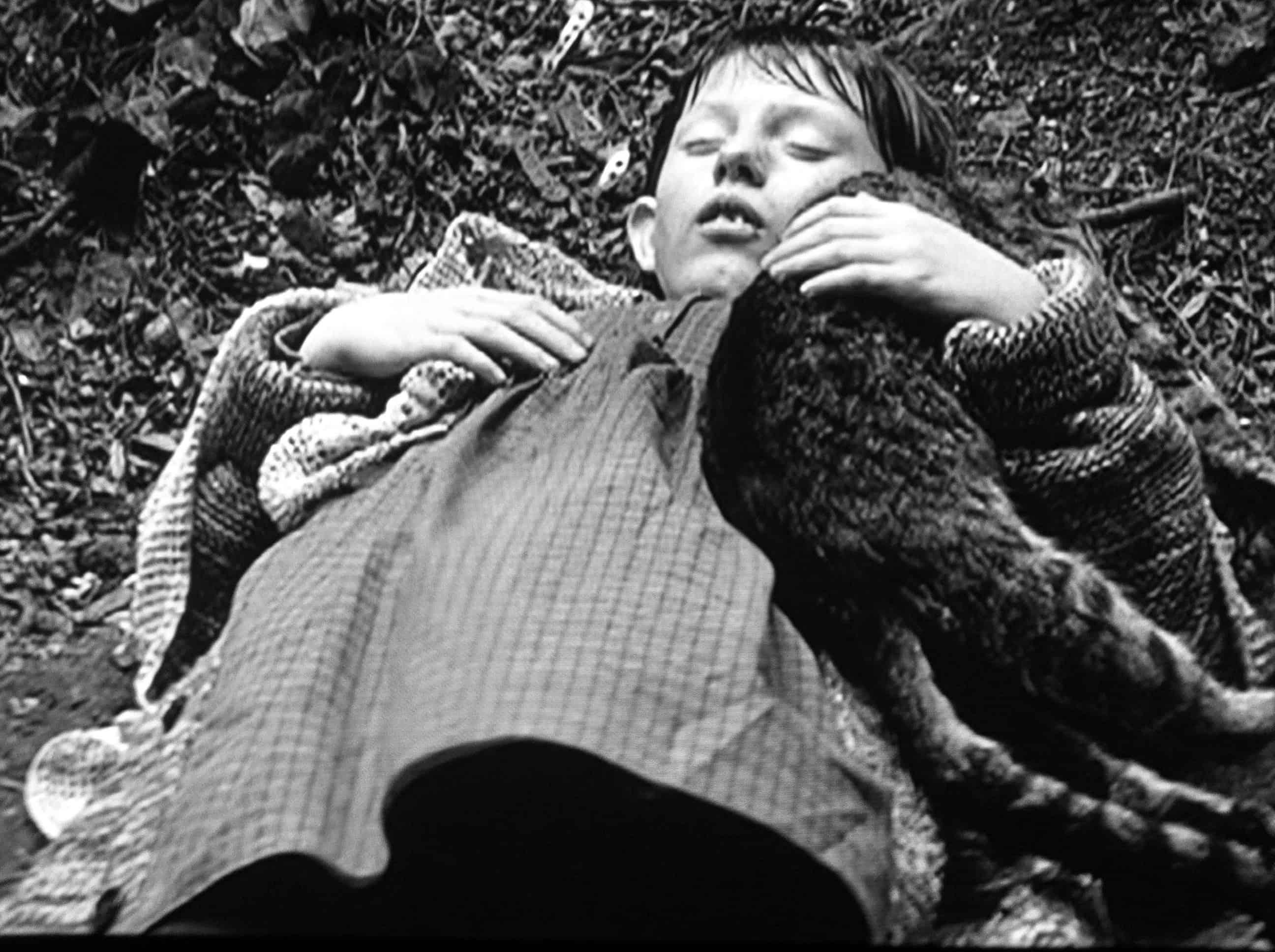
Featured Videos
Official Trailer
Comments
Loading comments...